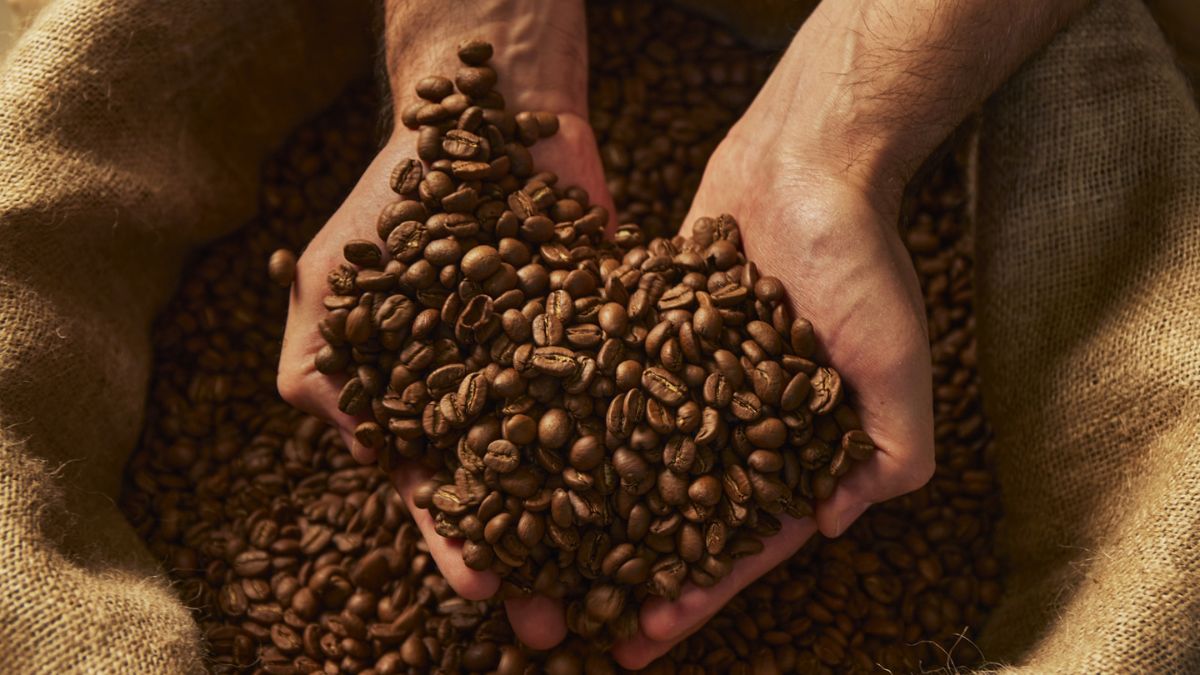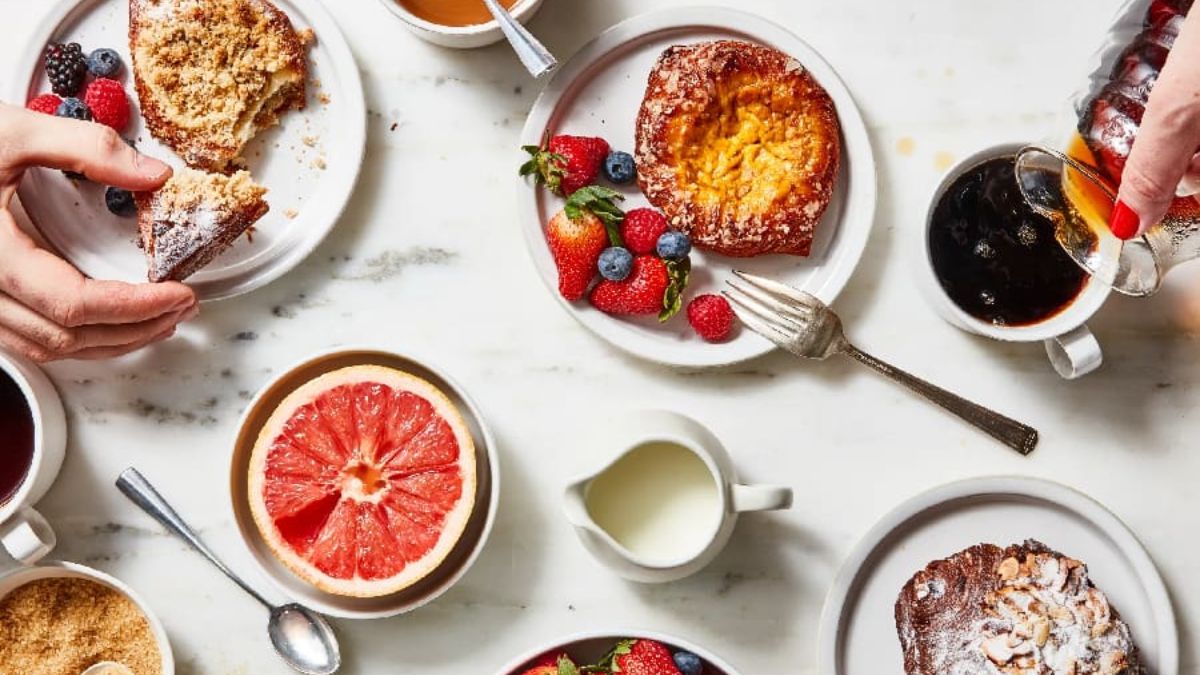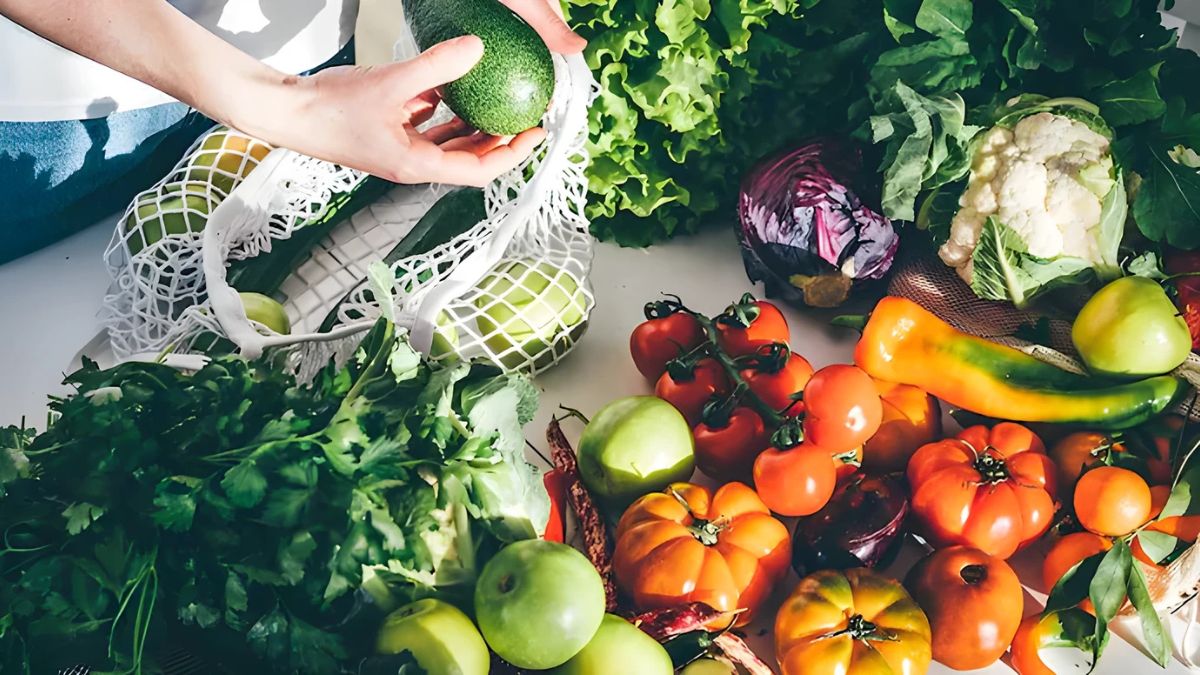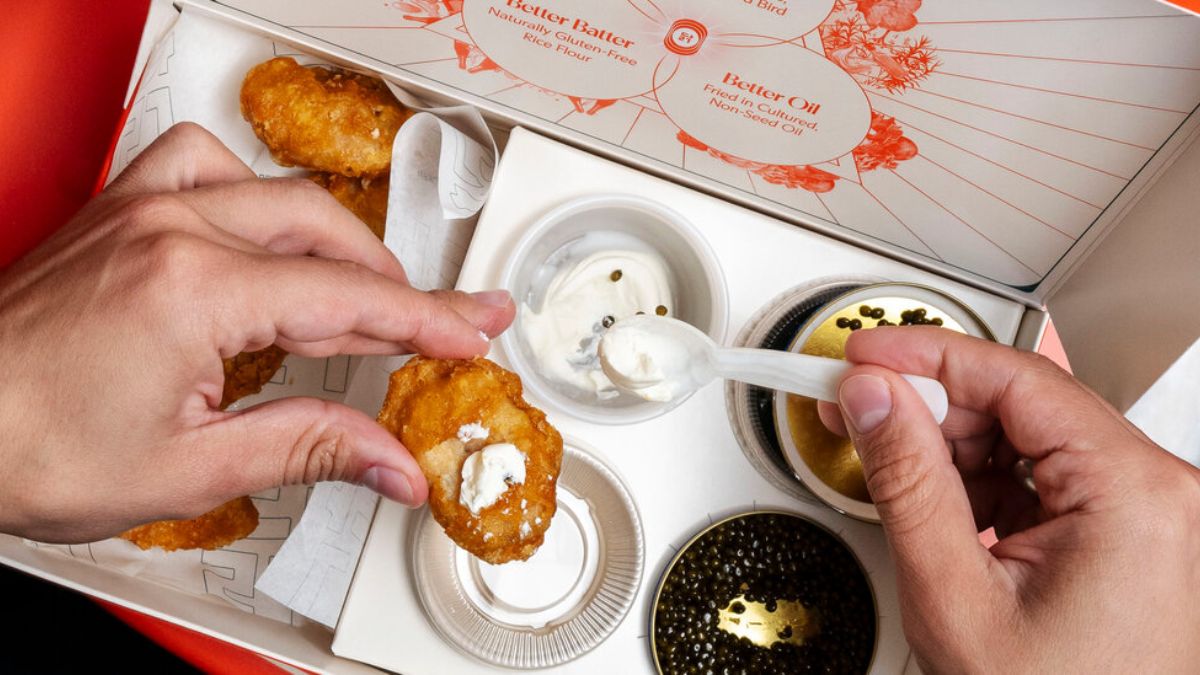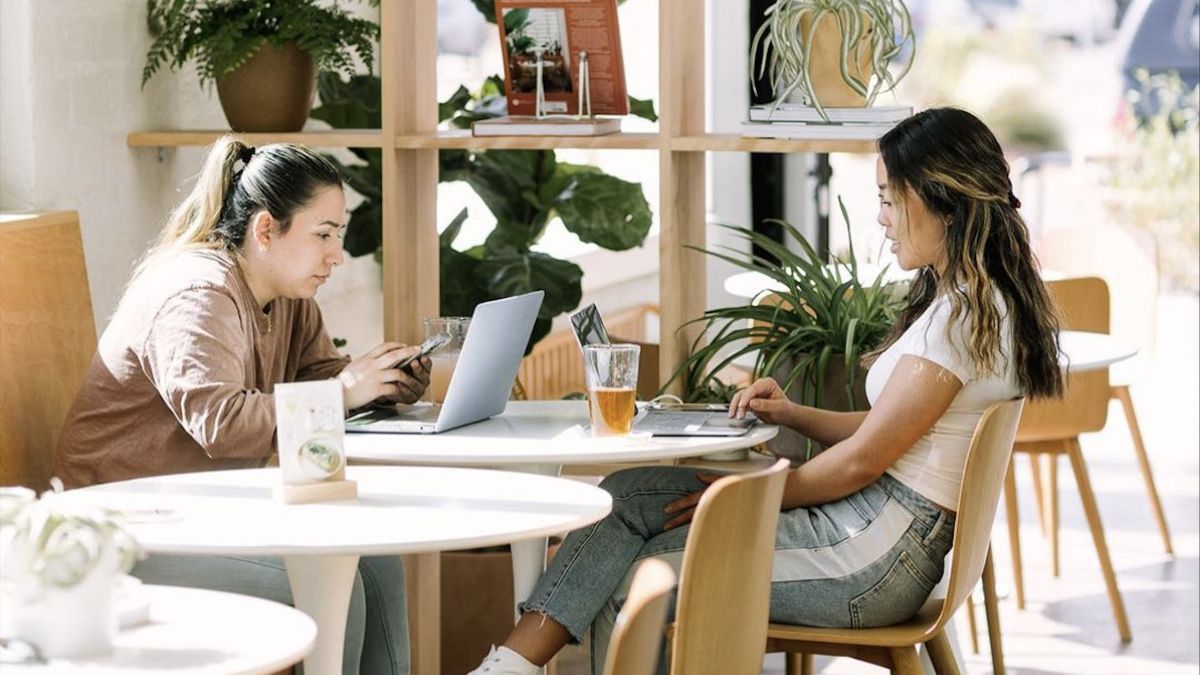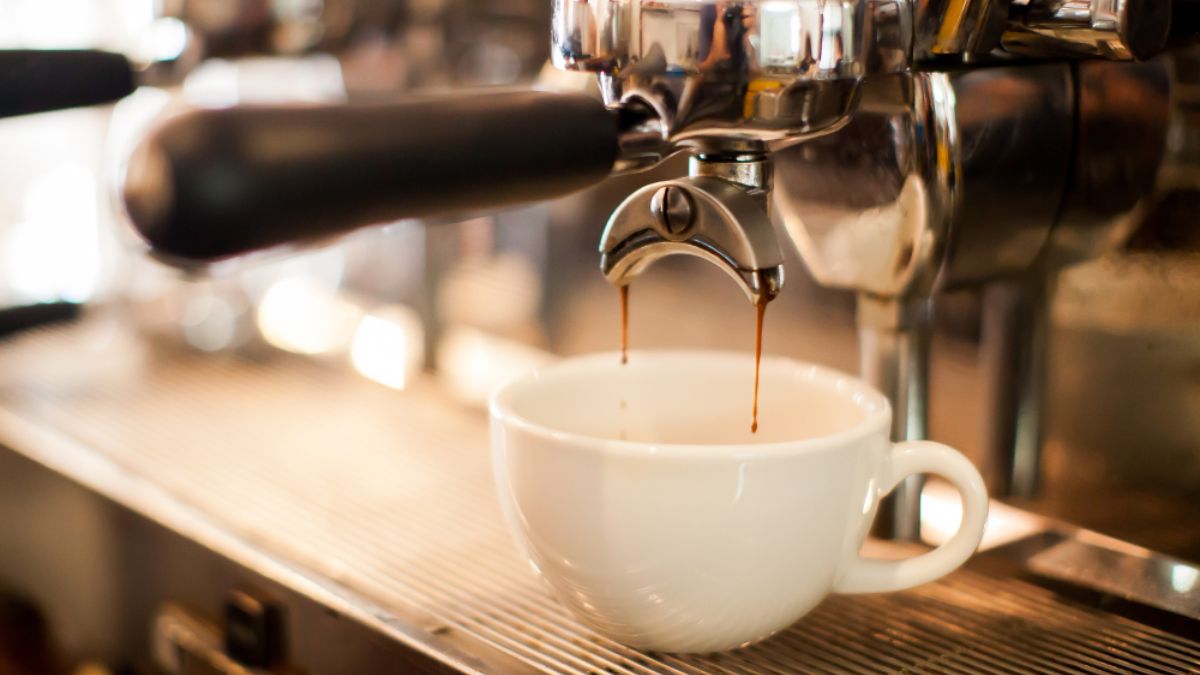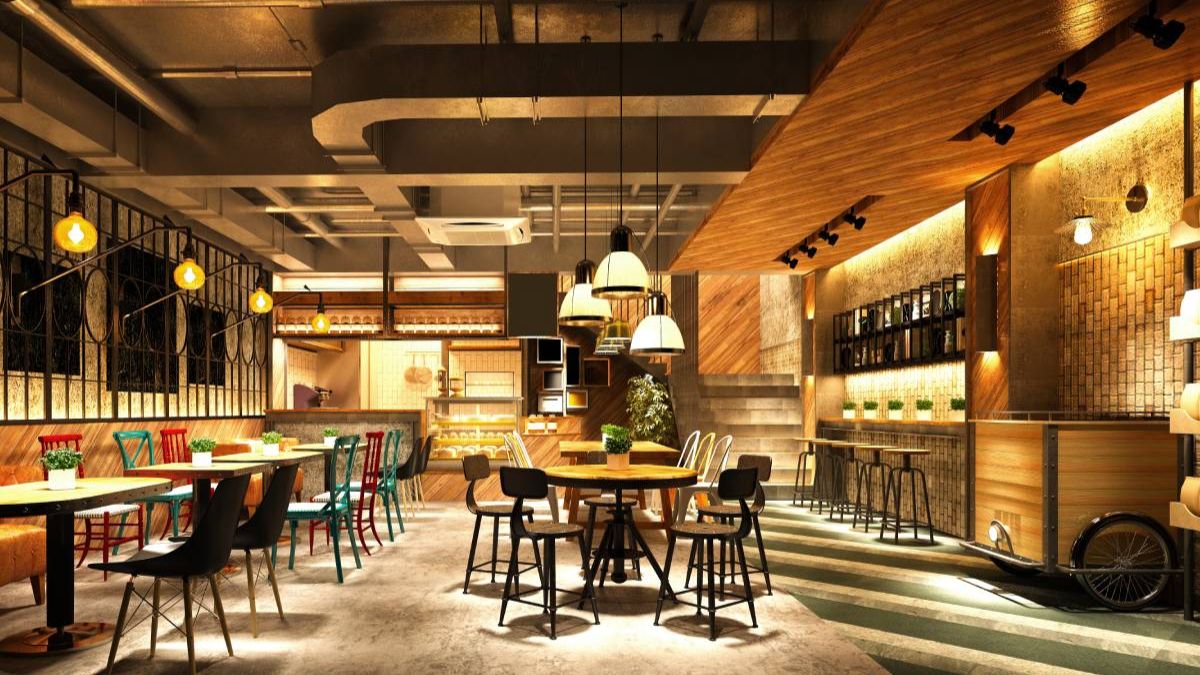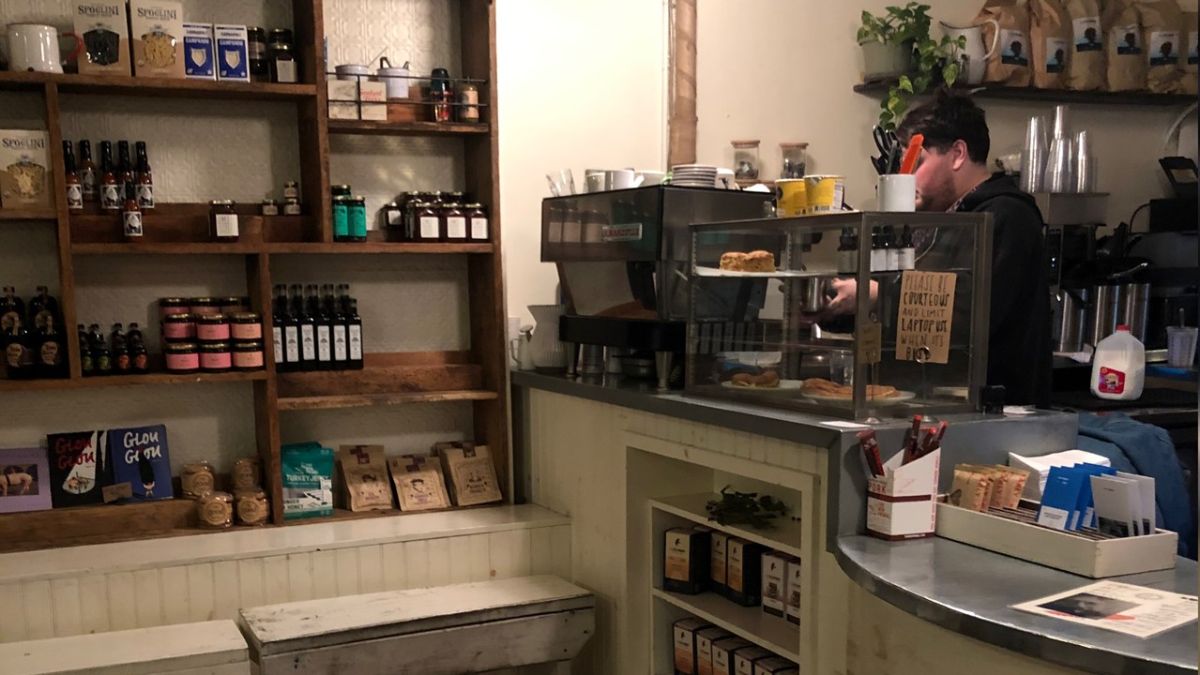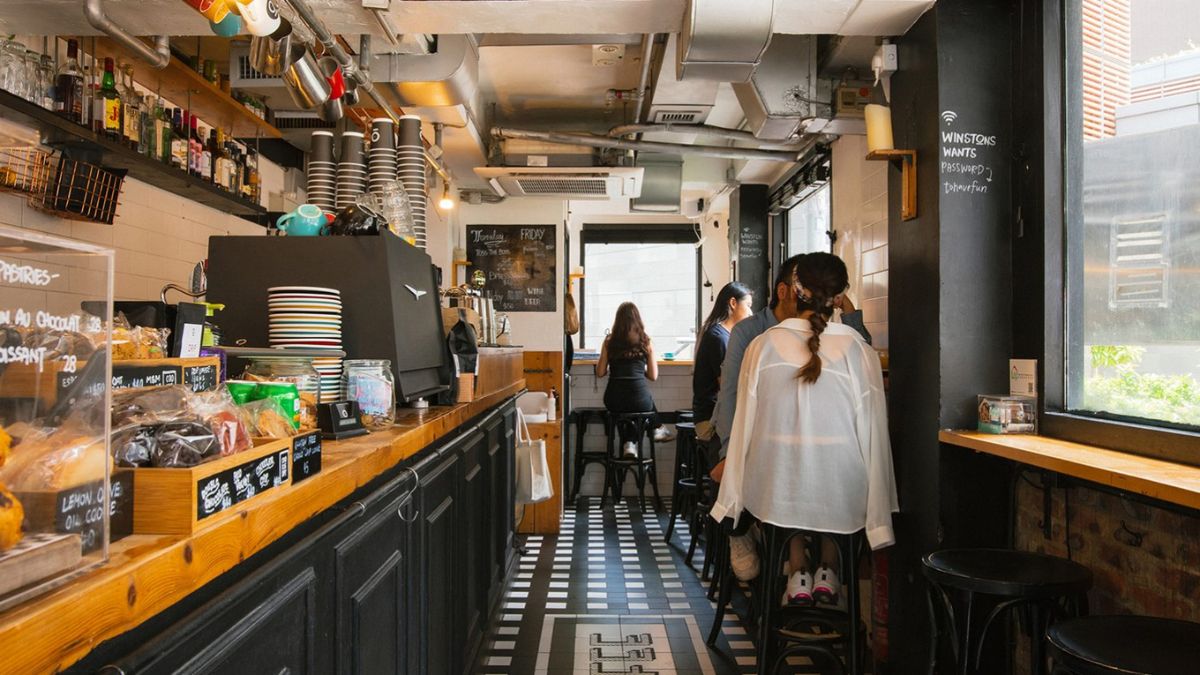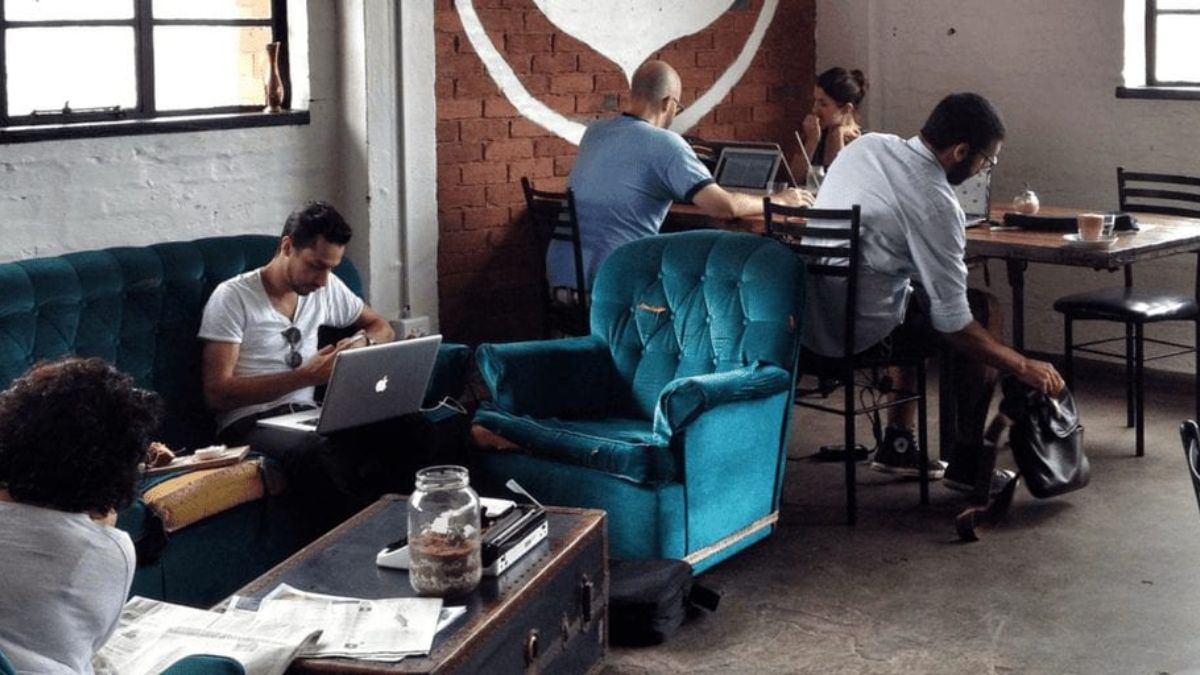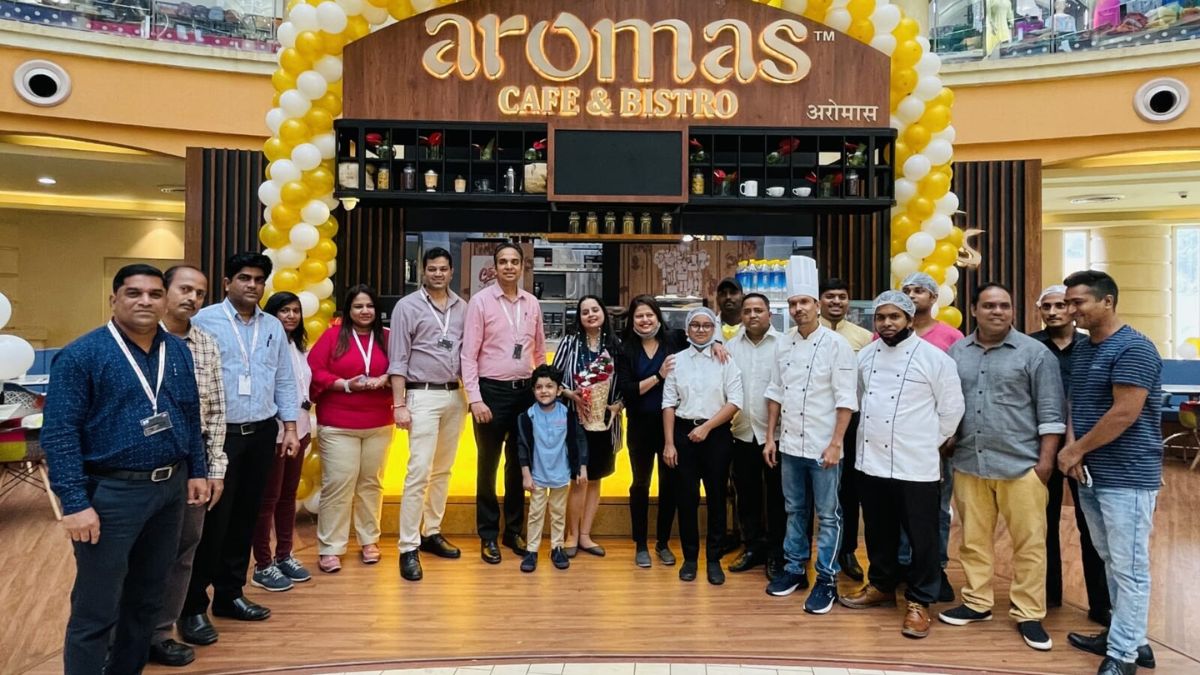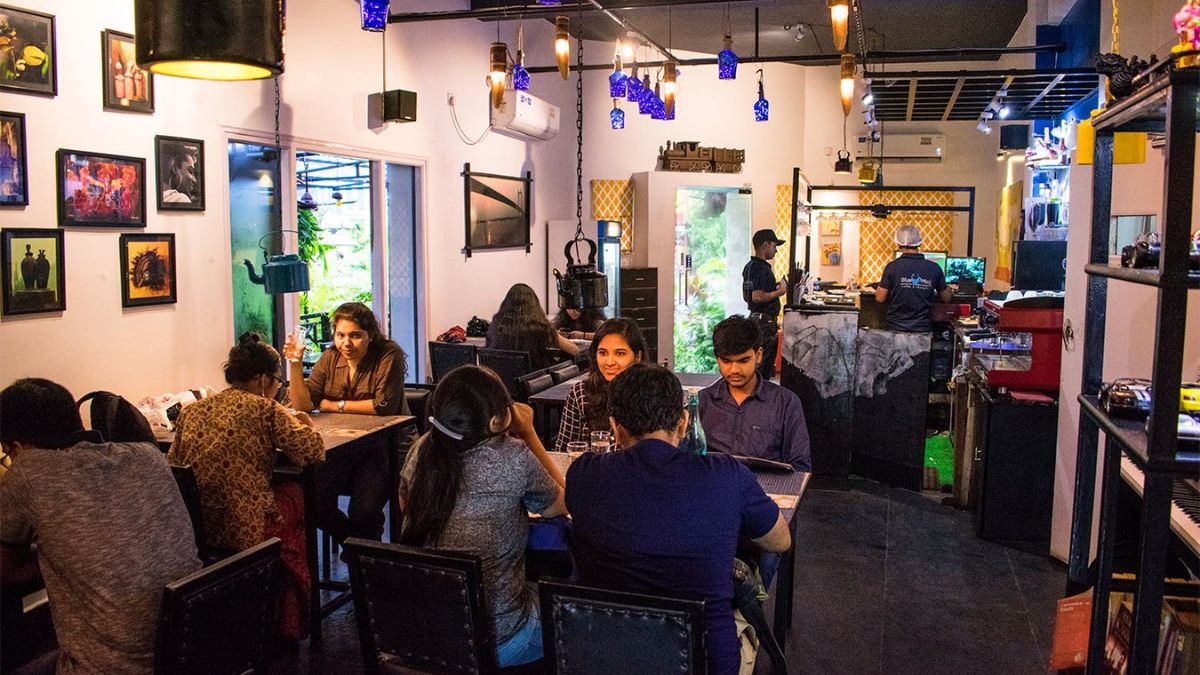Ever wondered how your favorite morning drink came to be? That rich, aromatic cup of coffee has a history that spans centuries and continents. From wild beans growing in Ethiopia to modern espresso bars on every corner, coffee has had quite the journey. So grab your mug and get ready — here’s a sip-by-sip tour through the fascinating history of coffee.
Origins
The coffee story begins in Ethiopia, sometime around the 9th century. According to legend, a goat herder named Kaldi noticed his goats acting wild after eating red berries from a certain tree. Curious, he tried them himself and felt more awake.
Monks at a nearby monastery began using the berries to stay alert during long prayers. Word spread, and soon the energizing properties of these beans were being shared across regions.
Expansion
From Ethiopia, coffee traveled to the Arabian Peninsula. By the 15th century, it was being cultivated and traded in Yemen, where the first known coffee houses — called qahveh khaneh — began to pop up.
These places weren’t just for drinking coffee. They became centers of conversation, music, chess, and even politics. The coffee culture quickly grew and became known as the “wine of Islam” — a socially acceptable alternative to alcohol.
Europe
By the 1600s, coffee had made its way to Europe. At first, it was met with suspicion, even called the “bitter invention of Satan.” But once Pope Clement VIII gave it his blessing (literally), Europe fell in love with coffee.
Coffeehouses opened in cities like Venice, London, and Paris. These became hubs for artists, writers, merchants, and thinkers — even being called “penny universities” because for the price of a coffee, you could learn a lot just by listening in.
Colonization
As demand for coffee exploded, European powers wanted in. They started growing coffee in their colonies — the Dutch in Indonesia, the French in the Caribbean, and the Portuguese in Brazil.
Coffee quickly became a global crop, and unfortunately, its spread is also tied to darker chapters of history, including forced labor and slavery in many of these growing regions.
Industrialization
By the 1800s and early 1900s, coffee was a daily staple in many homes. The invention of instant coffee made it even more accessible, while companies like Folgers and Maxwell House turned it into a kitchen essential.
Meanwhile, espresso was making waves in Italy. The first espresso machine was patented in 1884, and by the 20th century, café culture was thriving across Europe.
Specialty Movement
Fast forward to the 1970s and 80s — coffee started evolving again. This was the start of the specialty coffee movement. People began caring more about where their beans came from, how they were roasted, and how their coffee was brewed.
Roasters started highlighting single-origin beans. Pour-over, French press, and cold brew started gaining ground. Coffee became more than a drink — it became a craft.
Modern Day
Today, coffee is everywhere. From third-wave cafés to drive-thru chains, there’s a cup for every kind of coffee lover. People explore flavor notes, brew methods, and bean origins like wine connoisseurs. And with tools like at-home espresso machines, grinders, and smart brewers, making great coffee is easier than ever.
But the story isn’t just about gear — it’s about connection. Coffee still brings people together. Whether it’s catching up with a friend, working from a café, or just taking five quiet minutes for yourself, coffee is part of daily life for billions.
Timeline
Here’s a quick look at coffee’s major milestones:
| Year/Period | Event |
|---|---|
| 9th century | Coffee discovered in Ethiopia |
| 15th century | Coffee spreads across the Middle East |
| 1600s | Coffee reaches Europe |
| Late 1600s | First coffeehouses in London and Paris |
| 1700s–1800s | Global cultivation through colonization |
| 1800s | Instant coffee and mass production begin |
| 1900s | Espresso culture grows in Italy |
| 1970s–80s | Specialty coffee movement begins |
| 2000s–Present | Coffee becomes a global culture and craft |
From humble beginnings to global obsession, coffee’s story is rich, complex, and still brewing. It’s a drink that has fueled revolutions, inspired art, and brought people together across cultures. And with every sip, you’re tasting a piece of that history.
FAQs
Where was coffee first discovered?
In Ethiopia, by a goat herder named Kaldi.
When did coffee reach Europe?
In the 1600s, spreading quickly across major cities.
What are coffeehouses?
Early social spots for coffee, conversation, and music.
What is specialty coffee?
High-quality beans with a focus on origin and flavor.
Is coffee still evolving?
Yes, with new brews, tech, and ethical sourcing trends.

